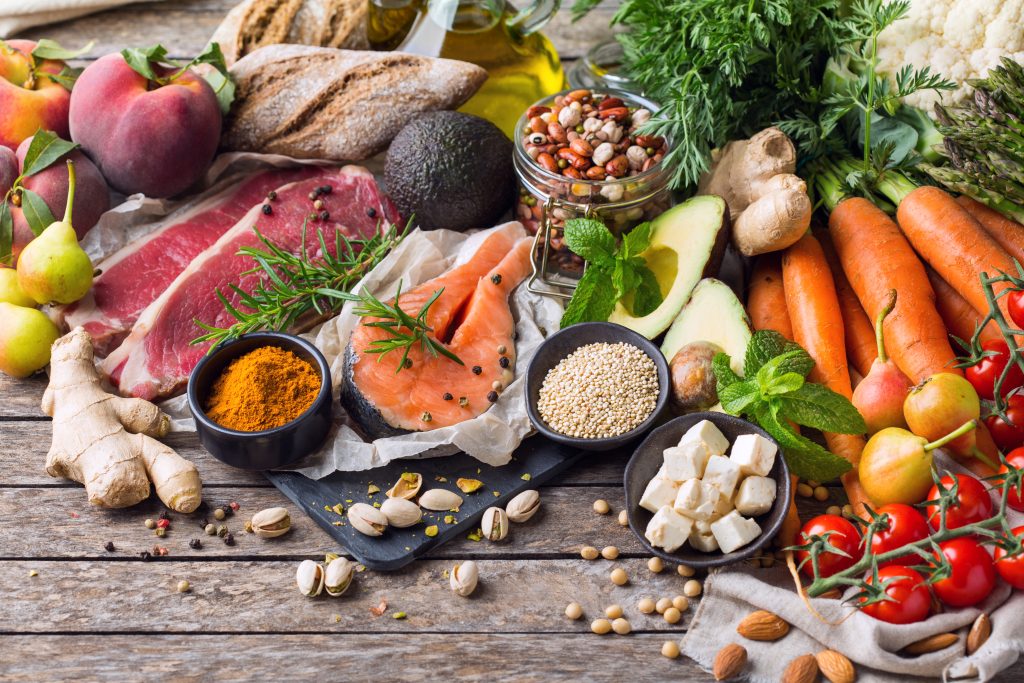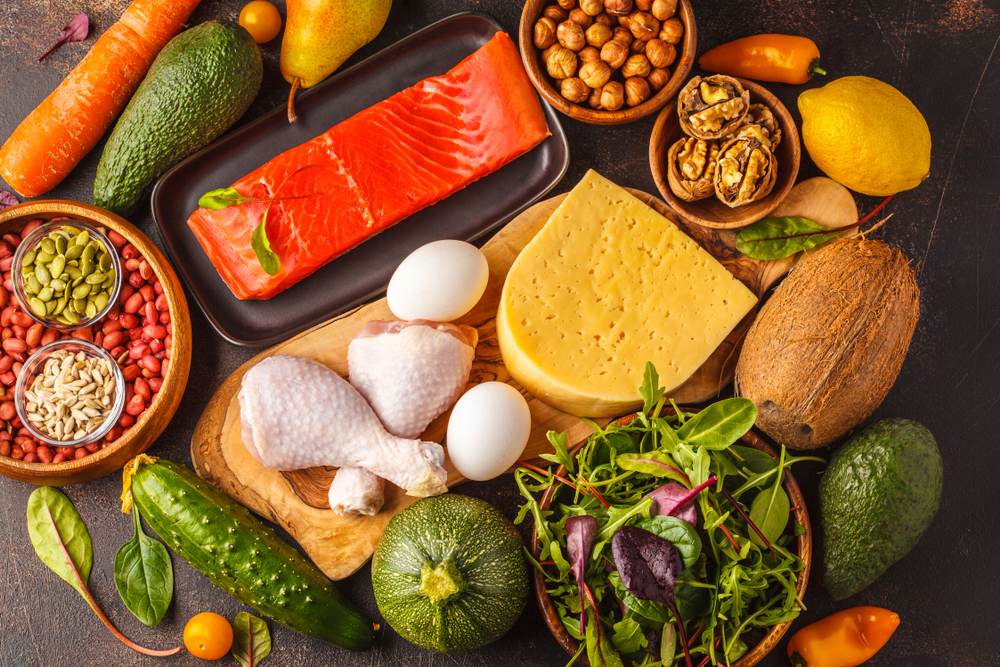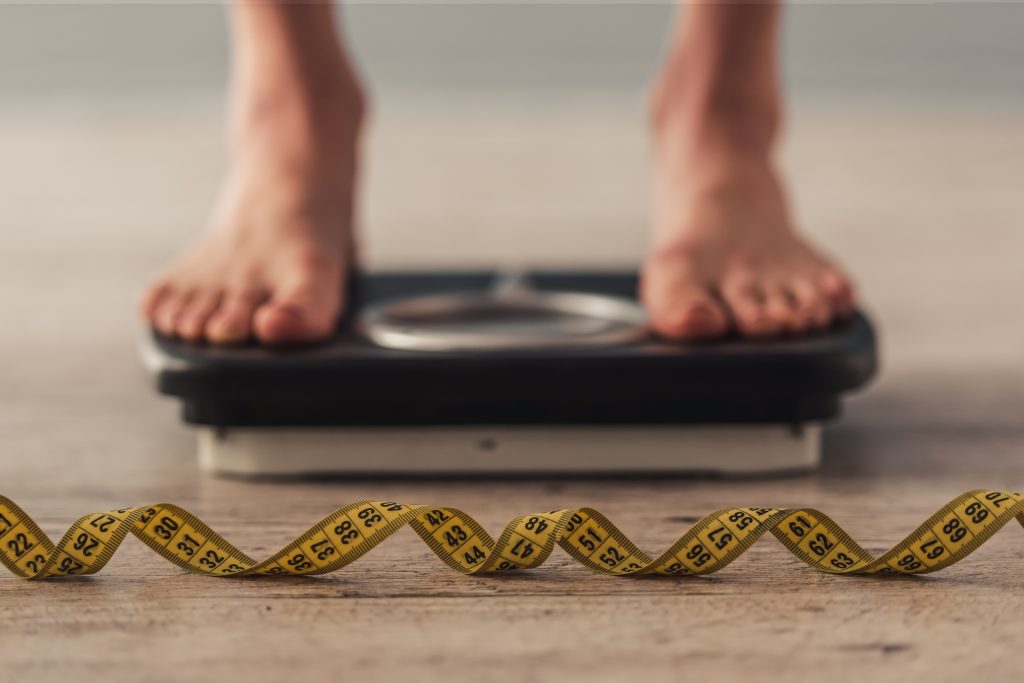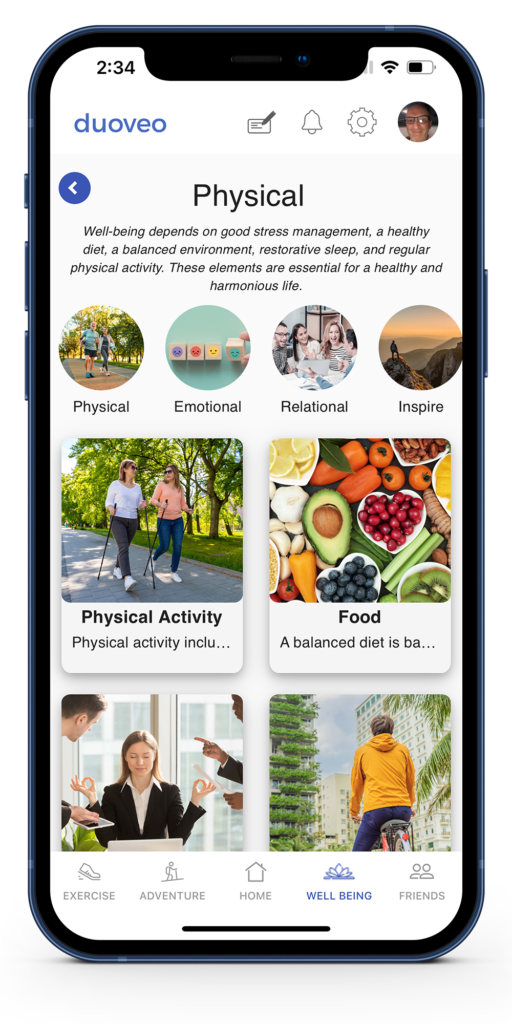Two of the most popular diets in recent years are paleo (the Paleolithic diet) and keto (the ketogenic diet). Let’s take a quick look at paleo vs keto and see what these diets have in common and what aspects are unique to each. Then, we’ll explain in simple terms what these two diets are and which one is best for losing weight while staying healthy.
What is the paleo diet?

The paleo diet has been around for nearly 100 years. It recently has become popular due to celebrities promoting the diet and social media being used as a tool to spread information.
The paleo diet, or Paleolithic diet, is designed to be similar to human hunter-gatherer ancestors who ate thousands of years ago. So, the primary goal of this diet is to stick to foods that our bodies can digest and use wisely. Indeed, the paleo diet is a type of eating plan that excludes dairy, grains, legumes, and processed foods while emphasizing the consumption of fruits, vegetables, meat, and seafood. In addition, the diet includes guidelines for what types of produce to consume and what meats are allowed. It also emphasizes consuming foods in their most natural form.
Benefits of the paleo diet
The paleo diet aims to provide your body with all the nutrients it needs and eliminate processed foods. The benefits of the paleo diet are as follows:
- Reduced inflammation
- Increased energy
- Weight loss
- Lean muscles
- Improved sleep quality
- Better gut health
- Maintained blood sugar levels
- The ability to repair the body
- Improvements in cognitive function
What is the keto diet?

The keto or ketogenic diet is a way of eating that aims to reduce body fat by making fat the primary source of nutrition in the diet.
The keto diet is a high fat, moderate protein, and low carbohydrate diet which puts the body into a state of ketosis. Ketosis is a natural metabolic process that occurs when there is not enough sugar (glucose) for energy production in the body, so it starts to burn fat instead. The liver converts fatty acids into molecules called ketones which are used as energy by cells in the brain, heart and muscles.
Benefits of keto diet
The ketogenic diet is a great way to lose weight and improve your health. Benefits of the keto diet include:
- Improved sleep quality
- Decreased hunger
- Weight reduction
- Increased energy levels
- Improved cognitive abilities
- Consistent blood sugar levels
- Reduce inflammation in the body
- Improved organ function (if you consume more fat during ketosis)
Paleo vs keto: Differences
1) Goals and lifestyle
The ketogenic diet is a strict diet that aims to find a balance between different macronutrients. When it comes to making the paleo vs keto diet a permanent way of eating, surely the keto is the tough one. This diet is more of a tool to help lose weight or improve health from time to time. The paleo diet is more flexible and focuses on eating foods that early humans ate to improve their overall health.
2) Protein and fat
The ketogenic diet relies mainly on the consumption of fats for its caloric intake. Indeed, cheese and whole milk are two dairy products allowed on the ketogenic diet. On the other hand, when following a paleo diet, we often focus on proteins, and dairy products are not allowed.
3) Dairy products
The Paleolithic diet guidelines prohibit the use and consumption of dairy products. In contrast, the ketogenic diet is a high-fat diet that allows the consumption of full-fat dairy products, such as butter, heavy cream, and cheese.
4) Fruits
Fruit is not recommended for a keto (ketogenic) diet because it contains glucose and fructose. Indeed, the keto diet is a low-carb diet. On the other hand, eating fruit that has been picked and harvested is a central part of the paleo diet.
5) Carbohydrates
Carbohydrates must be extremely reduced in a ketogenic diet. However, the paleo diet does not have to be a low-carb diet. Indeed, fruits and vegetables containing carbohydrates and sweeteners like honey are included. In addition, these diets exclude refined carbohydrates such as bread, cereals, sodas, and baked goods. Because of this restriction, the paleo diet is often also very low in carbohydrates.
Paleo vs keto diet: Similarities
The paleo and keto diets emphasize eating whole foods rather than processed foods and healthy fats. Both diets eliminate grains and legumes, but for different reasons. The paleo diet eliminates grains and legumes because they were not part of the diet of early humans. In the case of the keto diet, it is all about carbohydrates. Since grains and legumes are high in carbohydrates, they are limited or eliminated from the ketogenic diet.
List of foods allowed in the paleo diet
- Fresh lean meats
- Fish
- Shellfish
- Eggs
- Nuts
- Seeds
- Fresh fruits and vegetables (some root vegetables such as sweet potatoes and cassava may be allowed in moderation due to their high nutrient content)
- Olive oil, coconut oil (high in saturated fatty acids)
- Small amounts of honey
List of foods allowed in the Keto diet
- Whole grains
- Cereals
- Refined grains
- Refined sugars
- Dairy products
- White potatoes
- Legumes (peanuts, beans, lentils)
- Alcohol
- Coffee
- Dark chocolate (90% cacao)
- Salt
- Refined vegetable oils (rapeseed, etc.)
- Processed foods
FAQs
What are the elements to consider before choosing between paleo and keto?
Before deciding to go on a diet, think and establish your goal. For example, is your goal to lose weight?
It is essential to discuss this with your health care providers, whether your doctor or a dietician, to determine the diet best suits your body and your goals. Also, consider your lifestyle. Is the diet you choose compatible with your lifestyle? Again, preparation and planning are essential to achieving the desired results, as is working with a professional.
Keto vs paleo diet, which one is the best for me?
Basically, keto should be your choice if you want to lose weight. To make an informed decision about whether paleo or keto is a better diet, first consider your health history and any current health complaints you may have. For example, if you are concerned about obesity, diabetes, chronic pain, acne, or allergies, it might be best to go with keto. There are also many more vegetarian and vegan options available on this diet, so it’s also a good choice for those who don’t eat meat or fish. The ketogenic diet is a medical dietary therapy that strictly limits carbohydrate intake and eats a high-fat diet. When practiced correctly, it has been demonstrated to help patients lose weight and curb cravings.
Which one will help you lose more weight and faster?

The paleo diet does not guarantee weight loss. Indeed, the paleo diet includes a lot of nutritious foods, so you will have to be careful with calories; otherwise, you will not lose weight. While people on a keto diet usually don’t worry about calories because they tend to eat less. In addition, the very process of ketosis that uses fat as fuel helps reduce weight.
The keto diet has another psychological advantage. Because the results are so fast (you can see the difference in a week), you’ll feel motivated to continue your keto journey. So, you will have more results and faster.
How long does it take to get into ketosis?
The process of ketosis can take anywhere from two days to four days. It all depends on the person, how much fat they eat, and what kind of exercise they do. Some people have reported achieving ketosis and staying there for days, while others say it can take weeks. It seems that if one follows a strict low-carb diet and exercises, they are more likely to experience ketosis faster.
Is it possible to do the ketogenic and paleo diet at the same time?
It wouldn’t be easy but you can definitely do it if you really want to.
- The “paleo-ketogenic diet” focuses on animal fats and protein consumption.
- It combines aspects of the Paleolithic diet, which mimics the diet of our ancestors, and the ketogenic diet, a very low carbohydrate diet.
- It emphasizes eating natural, nutritious foods with much energy from animal products. Grains (bread, cereals), milk and other dairy products (except grass-fed butter and ghee), vegetable oils, refined sugars, and processed foods are excluded.
Bottom line
The paleo and keto diet have specific guidelines that dictate which foods are allowed and which are not. These diets are effective for short-term weight loss, glucose control, and lowering cholesterol and blood pressure. Indeed, both have health benefits related to focusing on whole, unprocessed, healthy foods for the body. However, many people find it difficult to follow either diet long-term, although paleo offers more food flexibility.


